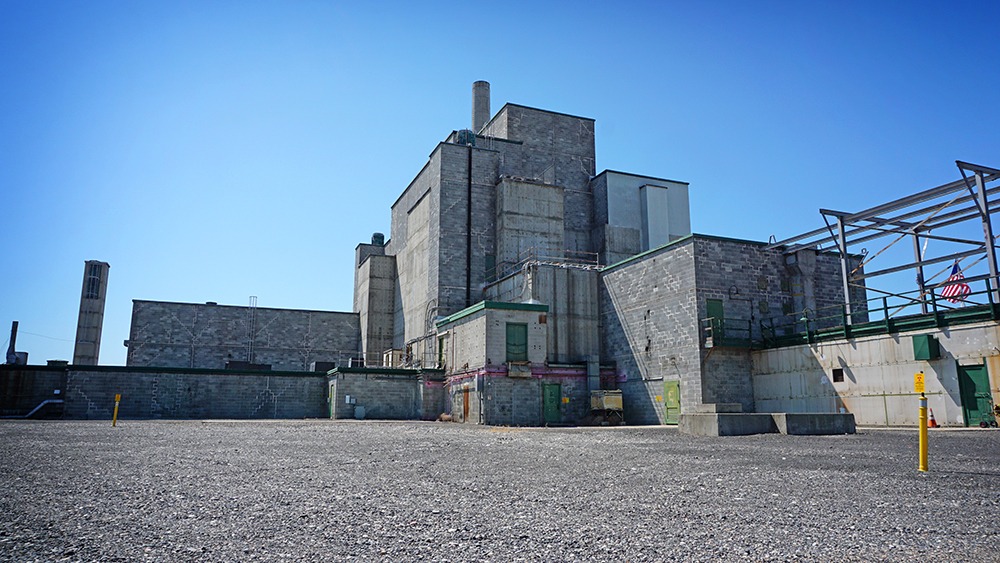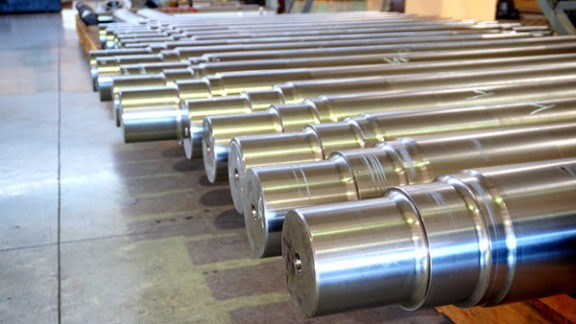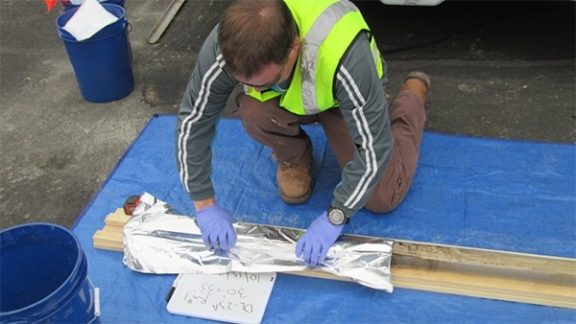Haley & Aldrich’s Adam Mangel, Ph.D., and Christopher Strickland, Ph.D., of the Pacific Northwest National Laboratory have co-authored a chapter in the book Remediation of Legacy Hazardous and Nuclear Industrial Sites.
Adam, a senior technical specialist and hydrogeologist, and Christopher, a senior research scientist, explore the stages of complex contaminated site closure in their chapter, “Soil Desiccation Treatability Testing at BC Waste Disposal Cribs.” They discuss the treatability testing mechanism of the Resource Conservation and Recovery Act and the Comprehensive Environmental Response, Compensation, and Liability Act, using the closure process of the Hanford Site — a decommissioned nuclear production complex — as an example. Adam and Christopher trace the steps, outcomes, and value produced by the process, focusing on work at a segment of the Hanford Site that represents the complex nature of environmental management due to the presence of commingled technetium‑99 and uranium contamination.
After walking readers through the steps taken to close this segment of the Hanford Site — from early waste disposal through characterization and treatability testing — the authors close their article by discussing how subsurface technology is evolving to more holistically support remediation of the vadose zone (the soil layer above the groundwater table).
Read more about the chapter Adam and Christopher authored, and find out how to get access to the full book.




